
Review on 📦 TERRAMASTER D2-310 USB Type C External Hard Drive RAID Enclosure - High-Speed USB3.1 (Gen1) 2-Bay RAID Storage with RAID 0/1/Single Support (Diskless) by Jeremy Meza

Under no circumstances should you entrust your data to this DAS.
I have been using a Dell R610 as a file server for a long time and wanted something with low power consumption, quieter, cheaper etc. I saw this 5 bay unit and with its unique RAID configuration, I thought it would be ideal, because I only need redundancy for part of my data. Unboxing: The good thing about the included packaging is that there are a lot of screws included for both HDDs and SSDs. They contain a screwdriver for mounting the drive, additional rubber feet and labels. I was happy to find extras, but that's where luck stopped. At the same time, the block itself is made of metal, the front and back are made of plastic. The drive bays themselves are loosely connected to the device and bulge a few millimeters from top to bottom. This is a problem as any drive activity on the hard drives hits the resonant frequency of the plastic bays and creates enough noise that I can hear it throughout the office. Despite the cheap construction and noise, I decided to give it a try. Following the instructions, I installed two new 8TB WD Red drives in slots 1 and 2, set them to RAID-1 and rebooted (again following the instructions). Instructions). The hard drive was not recognized by the operating system. I had to restart the device for it to be recognized. Then I added a couple of matching drives in bays 3 and 4 to use as a zpool and a 10TB drive in bay 5 as a spare. I use this for storage as that is its purpose and the first thing I did was sync a few TB into a RAID 1 array in bays 1 and 2. As far as I can tell, writing data to this drive went smoothly. Both activity lights showed writing to both drives and I was able to confirm this later. I then created a ZFS zpool from disks 3 and 4 (e.g. software RAID) and synced the files from the RAID 1 array to those disks. I immediately noticed that the performance is half the advertised speed and started to look for the reason. Then I saw that the disk 2 lights only blink when a directory is scanned. All reads from the RAID array are isolated on disk 1. So you have disk 1 which is fully utilized and disk 2 is idle. RAID-1 has two goals: provide redundancy in the event of drive failure and double read performance. This product offers no performance increase over a single drive (max. 172 MB/s equivalent to a single drive). Worst of all, this product shifts all read wear to disk 1, giving you a far shorter disk lifespan. failed. Then the RAID 1 array appears, allowing slow access, and then disappears. I had to hard reset the device to keep the RAID 1 array visible. All of this indicates that I have had this product for a few days now. That's a great idea and if it works I'd be very happy. I was hoping to save some money since Synologies are very expensive, but I can't afford to lose my family's photos and videos. So if you can't trust your RAID 1 backup, there's no point in having one. My advice: Stay away from this product and this company if your data is important to you. And if you don't value your data, why buy it at all?
- Weight
- Quality
New products
Comments (0)
Top products in 💽 Hard Drive Accessories
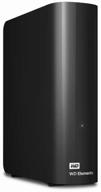
10 TB External HDD Western Digital WD Elements Desktop, USB 3.0, black

17 Review
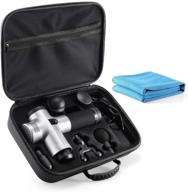
Hard Shell Case with 5 Attachment Slots for Hyperice Hypervolt Bluetooth, Portable Storage Box for Hypervolt Portable Massage Gun - Case Only

11 Review

External sound card Focusrite Scarlett 2i2 3rd Gen

16 Review
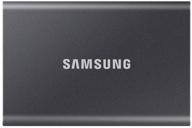
1 TB External SSD Samsung T7, USB 3.2 Gen 2 Type-C, grey

15 Review
Another interesting products
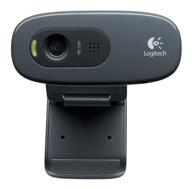
Logitech HD Webcam C270: Crisp 720p Widescreen Video Calling & Recording (960-000694), Lightweight and Portable at 3.15 lb.

192 Review

Smartphone Samsung Galaxy A50 4/64 GB, 2 SIM, black

82 Review
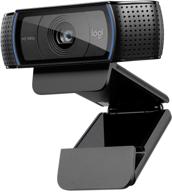
💻 Get Amazing Video Quality with Logitech HD Pro Webcam C920 (Discontinued Edition)

83 Review
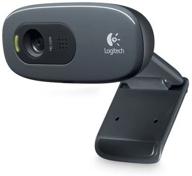
🎥 Logitech C270 Webcam: Crystal Clear Video and Superior Quality

183 Review

